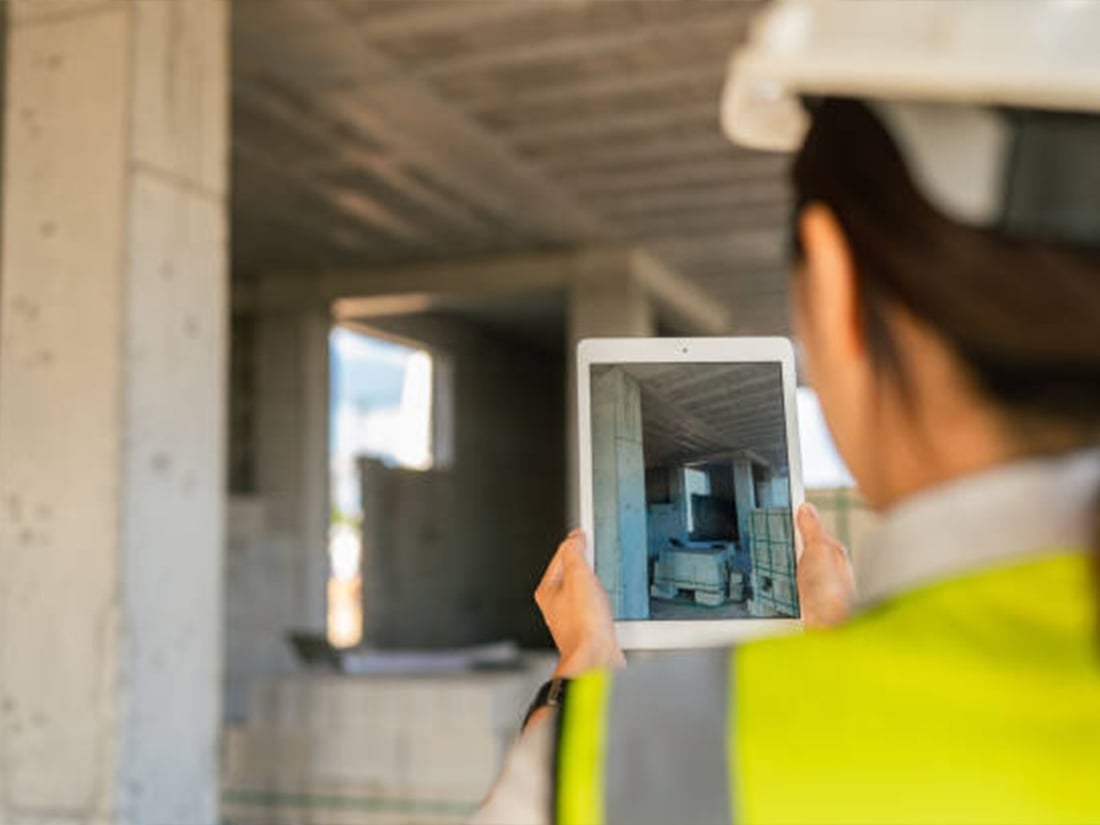The Basics of Remote Inspections
Remote inspections have become increasingly popular in recent years, particularly in industries such as construction, real estate, and insurance. With advancements in technology, it is now possible to conduct inspections without the need for physical presence. But what exactly is a remote inspection? In this article, we will delve into the various aspects of remote inspections and explore their benefits, applications, and limitations.
Understanding the Concept
A remote inspection, as the name suggests, involves examining and assessing a property or object without being physically present at the location. Instead, it relies on the use of technology such as video conferencing, drones, and advanced imaging equipment. This allows inspectors or experts to gather necessary information remotely and make informed decisions based on the data collected.
The Role of Technology
Technology plays a crucial role in facilitating remote inspections. Video conferencing platforms enable live interactions between inspectors and on-site personnel, allowing them to communicate and discuss specific details of the inspection. Drones equipped with high-resolution cameras provide aerial views of large properties or structures, capturing images and videos that can be analyzed later. Advanced imaging equipment, such as thermal cameras, can detect temperature variations and identify potential issues that may not be visible to the naked eye.
Benefits of Remote Inspections
Remote inspections offer numerous benefits, both for inspectors and clients. One of the primary advantages is the ability to save time and resources. Inspectors no longer need to travel to different locations, reducing travel expenses and saving hours or even days of travel time. Clients also benefit from quicker turnaround times, as remote inspections can be scheduled and conducted more efficiently. Additionally, remote inspections eliminate the need for disrupting daily operations or inconveniencing occupants, making them an ideal solution for businesses and homeowners alike.
Applications in Various Industries
The applications of remote inspections are vast and diverse. In the construction industry, remote inspections can be used to monitor ongoing projects, ensuring compliance with safety regulations and quality standards. Real estate agents can conduct virtual property inspections, allowing potential buyers to view properties remotely and make informed decisions. Insurance companies can assess damages and process claims faster by leveraging remote inspections. Even in the healthcare sector, remote inspections can be used to monitor patients' conditions and provide remote consultations.
Limitations and Considerations
While remote inspections offer many advantages, there are certain limitations and considerations to keep in mind. For instance, some inspections may require physical presence for a more detailed assessment that cannot be achieved remotely. Certain technical issues, such as poor internet connectivity or equipment failures, may also hinder the effectiveness of remote inspections. Moreover, remote inspections may not be suitable for highly specialized or complex inspections that demand a hands-on approach.
Ensuring Accuracy and Reliability
To ensure the accuracy and reliability of remote inspections, it is crucial to establish clear communication channels between the inspector and the on-site personnel. Detailed instructions, accompanied by visual aids such as annotated images or videos, can help bridge any gaps in understanding. It is also important to use high-quality technology and equipment to capture accurate data. Regular training and updating of skills are necessary for inspectors to adapt to new technologies and stay up-to-date with industry standards.
The Future of Remote Inspections
As technology continues to advance, the future of remote inspections looks promising. The integration of artificial intelligence and machine learning can further enhance the accuracy and efficiency of remote inspections. Automated data analysis and predictive modeling can help identify potential issues before they escalate, saving time and resources. Additionally, the use of virtual reality and augmented reality technologies may allow for more immersive remote inspections, providing a realistic experience that closely simulates physical presence.
Conclusion
Remote inspections have revolutionized the way inspections are conducted across various industries. By leveraging technology and eliminating the need for physical presence, they offer numerous benefits in terms of time, cost, and convenience. However, it is important to consider their limitations and ensure the accuracy and reliability of the data collected. With ongoing advancements, remote inspections are poised to play an even more significant role in the future, transforming the way we inspect and assess properties and objects.

